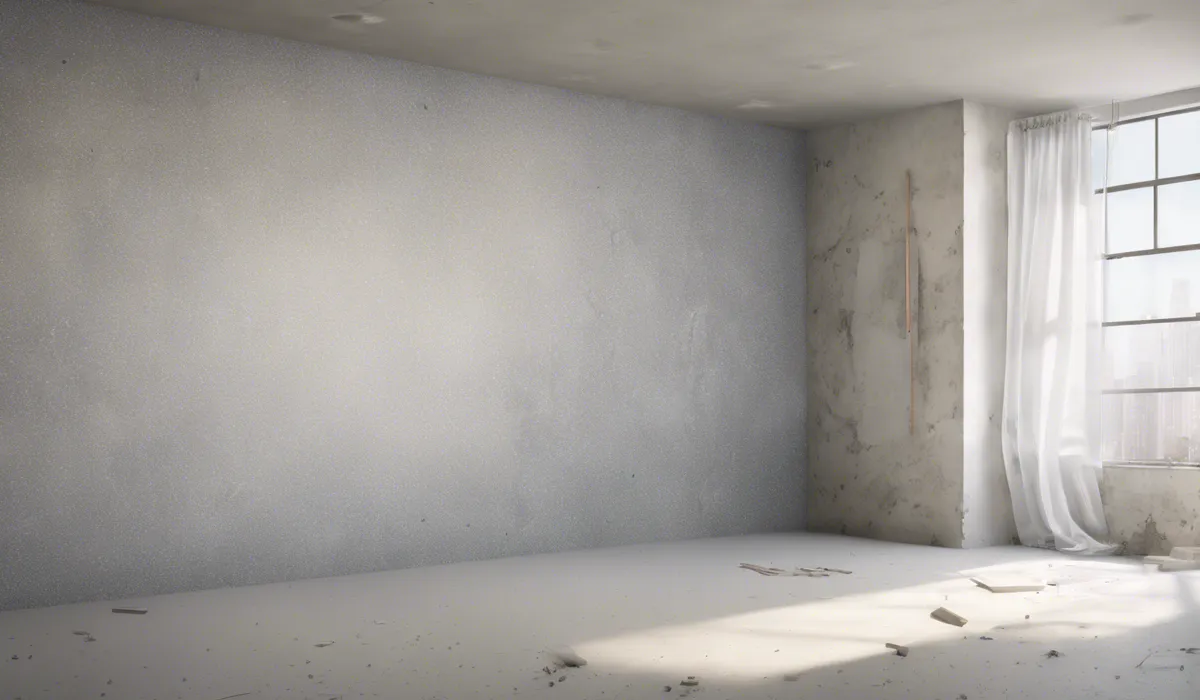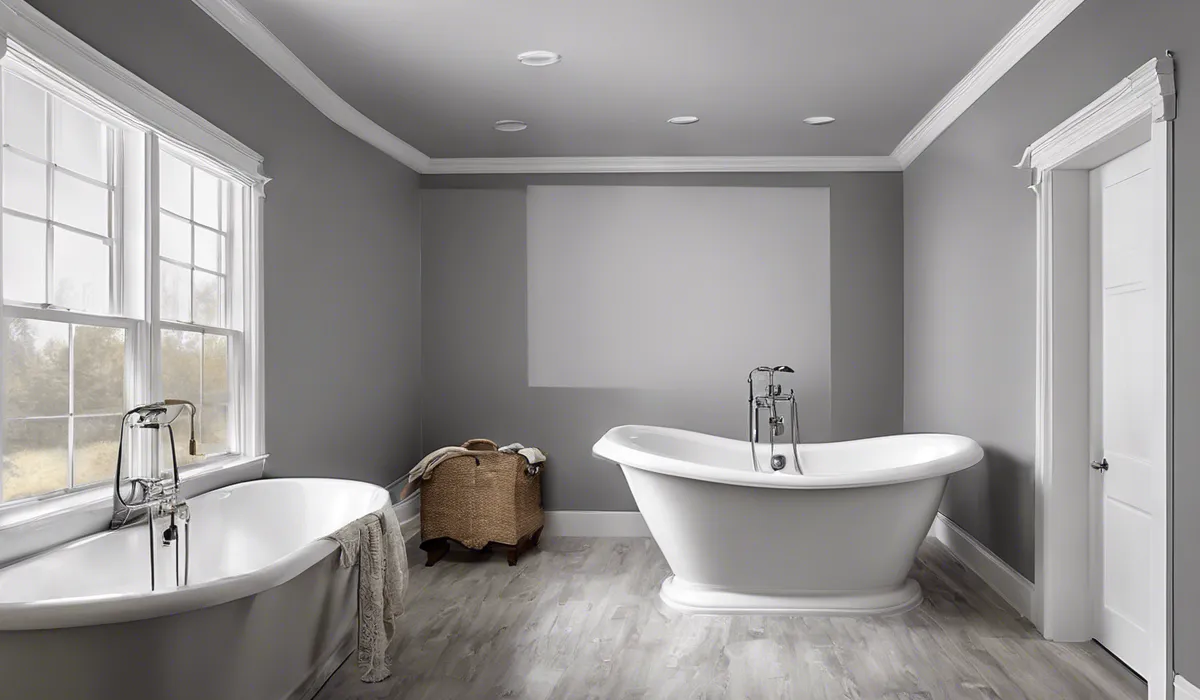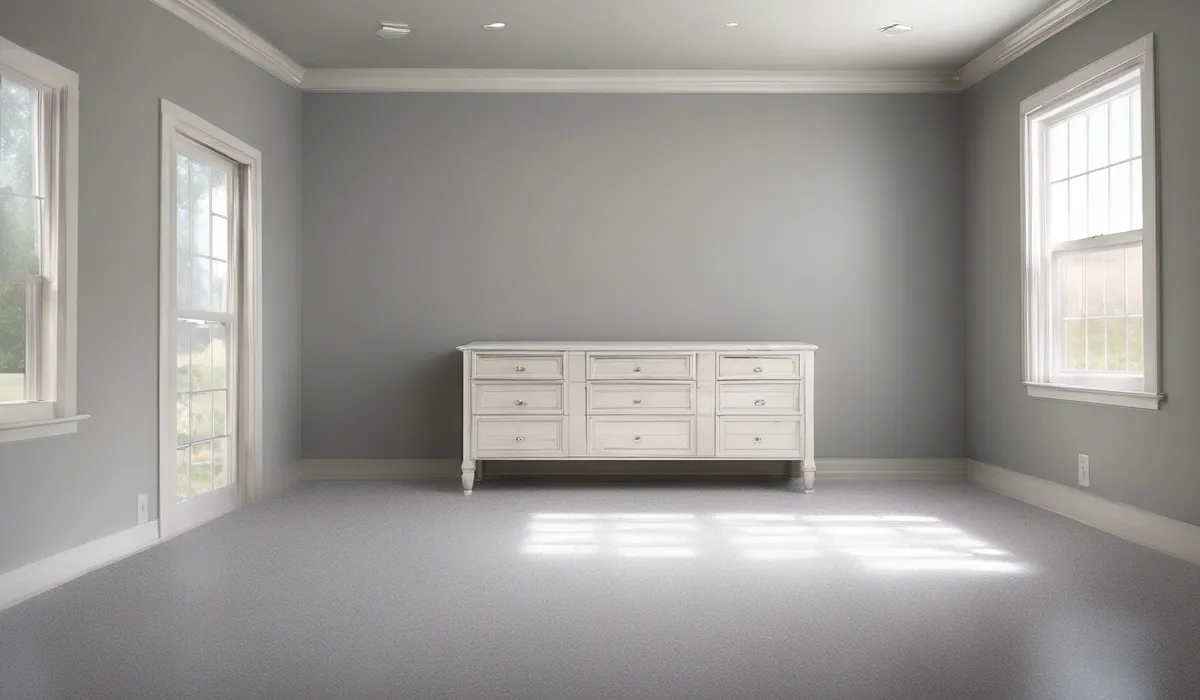To install mold-resistant drywall, first, measure and cut the drywall to fit the space. Secure it to the wall studs using drywall screws.
Tape and apply joint compound to the seams. Once dry, sand for a smooth finish. Paint with mold-resistant primer and paint.
Preparing for Installation

Assessing the Area for Mold Risk
Before installing mold-resistant drywall, it is crucial to assess the area for potential mold risk. Mold thrives in damp, dark, and humid conditions.
Check for any water damage or signs of moisture, such as peeling paint or a musty smell. Addressing any underlying water issues is essential to ensure that mold does not grow behind your new drywall.
Consider consulting a professional to evaluate your space for mold risk thoroughly.
Choosing the Right Mold Resistant Drywall
Selecting the appropriate mold-resistant drywall is vital for areas prone to moisture, such as bathrooms and basements.
Look for drywall that has been treated with antimicrobial agents to inhibit mold growth. There are several types of mold-resistant drywall available, so choose one that meets the specific needs of your project.
For areas with high moisture levels, consider drywall with a fiberglass facing rather than paper.
Gathering Necessary Tools and Safety Gear
Having the right tools and safety gear is essential for a successful installation. You will need a tape measure, utility knife, T-square, drywall saw, and a drill with a Phillips head bit for screws.
For personal safety, wear a dust mask, safety goggles, and gloves to protect yourself from dust and sharp edges. Also, keep a ladder or a sturdy stool handy for reaching higher areas.
Measuring and Cutting the Drywall to Fit
Measure the wall space accurately to ensure your drywall fits perfectly. Mark the measurements on the drywall using a T-square to ensure straight cuts.
Use a utility knife to score the drywall along your marked line, then snap it cleanly along the cut.
For any outlets or switches, measure their locations carefully and cut out the corresponding areas on the drywall using a drywall saw.
Installation Process

Removing Existing Drywall (if applicable)
If you are replacing old drywall, carefully remove it by unscrewing any fasteners and gently pulling the panels away from the wall studs.
Be mindful of any electrical wiring or plumbing that may be hidden behind the drywall. Dispose of the old drywall according to local regulations.
Preparing the Wall Surface
Clean the wall studs of any debris or old adhesive to ensure a smooth surface for the new drywall.
If you find any signs of mold on the studs, treat them with a mold-killing solution before proceeding. Make sure the wall surface is completely dry before installing new drywall.
Installing the Mold Resistant Drywall Panels
Applying Adhesive (if applicable)
Some installation processes may require adhesive. If so, apply a construction adhesive to the wall studs to help secure the drywall in place. Use the adhesive sparingly to avoid any excess that might seep out from behind the panel.
Securing the Panels with Screws
Position the mold-resistant drywall panel against the wall studs and secure it with drywall screws.
Space the screws about 12 inches apart along the studs, ensuring the screws are driven just below the surface of the drywall without breaking the paper face.
Sealing Joints and Edges with Mold Resistant Tape and Compound
Use mold-resistant tape and joint compound to seal the seams between drywall panels. Apply a layer of compound along the joints, place the tape over the wet compound, and press it into place.
Smooth out any bubbles or excess compound. Allow it to dry, then apply additional coats of compound, feathering the edges to create a seamless finish.
Finishing Touches

Sanding the Drywall Compound for a Smooth Finish
Once the joint compound is completely dry, sand the surface smooth. Use a fine-grit sandpaper and a sanding block to avoid creating grooves in the compound.
Always wear a dust mask during this process to avoid inhaling dust particles.
Applying Primer Designed for Mold Resistance
Apply a primer specifically designed for mold resistance to the drywall. This primer helps to seal the surface and enhance the mold-resistant properties of the drywall.
Ensure that the primer is completely dry before moving on to painting.
Painting with Mold Resistant Paint
Finish the installation by painting the drywall with mold-resistant paint. This type of paint contains antimicrobial additives that help prevent mold and mildew growth on the paint surface. Apply the paint in even coats for consistent coverage.
Tips for Maintaining a Mold-Free Environment
After installation, maintain a mold-free environment by controlling humidity levels and ensuring proper ventilation in the room.
Use dehumidifiers if necessary and fix any leaks promptly. Regularly inspect the area for signs of moisture or mold and clean surfaces with mold-inhibiting cleaners.
FAQs About Installing Mold-Resistant Drywall
How do you measure and cut mold-resistant drywall for installation?
Measure the space where the drywall will go and use a T-square and utility knife to score the drywall. Break the board along the scored line, then cut the backing paper to size.
What is the best way to attach mold-resistant drywall to wall studs?
Secure mold-resistant drywall to the wall studs using drywall screws, ensuring screws are placed every 8 to 12 inches along the studs.
How do you apply joint compound to mold-resistant drywall seams?
Apply joint tape over the seams, then spread joint compound over the tape using a drywall knife. Allow it to dry before applying additional coats if necessary.
What is the process for sanding mold-resistant drywall after applying joint compound?
Once the joint compound is completely dry, sand the area with a fine-grit sandpaper or sanding sponge until smooth.
Which type of paint should be used on mold-resistant drywall?
Use a mold-resistant primer followed by mold-resistant paint to ensure the best protection against moisture and mold growth.
Final Thoughts
Installing mold-resistant drywall involves measuring and cutting the material to size, securing it with screws to wall studs, and taping the seams.
Joint compound is applied, sanded after drying, and finished with a coat of mold-resistant primer and paint to ensure a smooth, durable surface resistant to mold growth.
